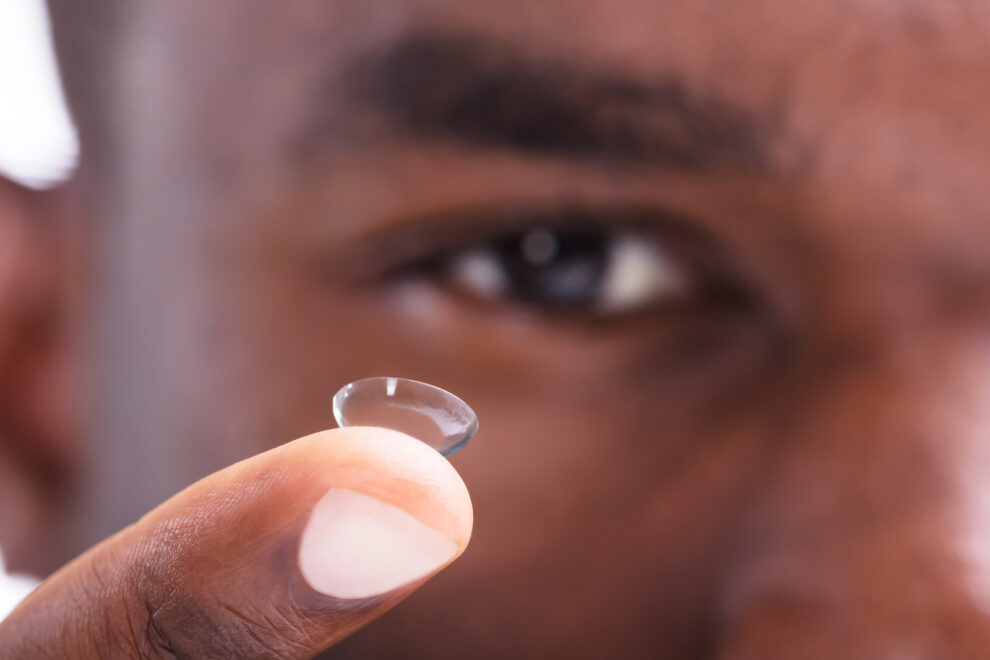At Northern Utah Eye Center, we prioritize your vision’s clarity and health. Our dedicated team provides comprehensive eye care, ensuring every patient receives optimal attention. From routine exams to advanced treatments, trust us to be your go-to for all eye care needs.

Retina Care
Macular Degeneration Care
Macular degeneration is an eye disease that can blur your central vision. It happens when aging causes damage to the macula — the part of the eye that controls sharp, straight-ahead vision. The macula is part of the retina (the light-sensitive tissue at the back of the eye). Eye doctors can check for this as part of a comprehensive dilated eye exam. The exam is simple and painless — your doctor will give you some eye drops to dilate (widen) your pupil and then check your eyes.
Diabetic Eye Care
Diabetic retinopathy is an eye condition that can cause vision loss and blindness in people who have diabetes. It affects blood vessels in the retina (the light-sensitive layer of tissue in the back of your eye). If you have diabetes, it’s important to get a comprehensive dilated eye exam at least once a year. Diabetic retinopathy may not have any symptoms at first — but finding it early can help you take steps to protect your vision.
Managing your diabetes — by staying physically active, eating healthy, and taking your medicine — can also help you prevent or delay vision loss.
General Eye Issues
Dermatochalasis (baggy eyelid)
Dermatochalasis is a condition that affects a significant portion of the population. Dermatochalasis is known as “baggy eyes,” and has a tired appearance which is caused by excess eyelid skin, the condition is potentially more problematic than a cosmetic concern. A permanent solution to this procedure is usually a surgery called blepharoplasty (commonly referred to as an “eye lift”). Over hundreds of thousands of patients undergo this procedure annually.
Ptosis
Ptosis is when the upper eyelid droops over the eye. The eyelid may droop just a little, or so much that it covers the pupil (the black dot at the center of your eye that lets light in). Ptosis can limit or even completely block normal vision. Children and adults can have ptosis. Fortunately, this condition can be treated by a surgery to improve vision as well as appearance.
Entropion
Entropion is a condition in which your eyelid turns inward so that your eyelashes and skin rub against the eye surface. This causes irritation and discomfort. Usually surgery is needed to fully correct the condition. Left untreated, entropion can cause damage to the transparent covering in the front part of your eye (cornea), eye infections and vision loss.
Ectropion
Ectropion is a condition in which your eyelid turns outward. This leaves the inner eyelid surface exposed and prone to irritation.
Artificial tears and lubricating ointments can help relieve symptoms of ectropion. But usually surgery is needed to fully correct the condition.
Pinguecula
A pinguecula is a yellowish raised growth on the conjunctiva typically adjacent to the border where the colored part of the eye meets the white part of the eye. They usually appear on the side closer to the nose, are present in both eyes and are relatively permanent. Although a pinguecula itself is usually harmless, it sometimes causes redness or irritation to the eye. Chronic exposure to sun and ultraviolet radiation is thought to be the most common reason for the development of pinguecula, and it typically takes months or years.
Pterygium
The main symptom is a growth of pink, fleshy tissue on the conjunctiva, the clear tissue that lines your eyelids and covers your eyeball. It usually forms on the side closest to your nose and grows toward the pupil area. Your eyes may be red, swollen and irritated in mild cases. If pterygium grows, your vision may be blocked or blurred. Treatments include symptom-relieving eye drops and ointment, to surgery if your vision is affected.
Schedule an Appointment Today!
Common Eye Conditions
Near Sighted (Myopia)
Nearsightedness is a refractive error that makes far-away objects look blurry. The most common symptoms of nearsightedness are:
Eye doctors can check for nearsightedness as part of a comprehensive eye exam. The exam is simple and painless.
Far sightedness (Hypermetropia)
Farsightedness is a refractive error that makes nearby objects look blurry. The most common symptoms of farsightedness are:
If you have mild farsightedness, you may not notice any symptoms. That’s why it’s important to get regular eye exams.
Astigmatism (Irregularly Shaped Eyes)
Astigmatism is a common eye problem that can make your vision blurry or distorted. The most common symptoms of astigmatism are:
If you have mild astigmatism, you might not notice any symptoms. This is especially true for children, who may be less likely to realize that their vision isn’t normal.
Presbyopia (Older people with near vision)
Presbyopia is a refractive error that makes it hard for middle-aged and older adults to see things up close. Symptoms of presbyopia include:
Presbyopia gets worse over time, but it usually stops getting worse after age 65.
Specialty Lenses

Scleral Contact Lenses
Scleral lenses are hard contact lenses that sit on the sclera (the white part of the eye) instead of the cornea. The space between the scleral lens and the cornea can hold fluid to help heal damaged corneas and treat severe dry eye.
Hybrid Contact Lenses
Hybrid Contact LensesHybrid lenses have a hard center and a soft outer ring. The hard center corrects refractive errors to make your vision clearer, and the soft outer ring holds the lens in place and makes it more comfortable to wear.
